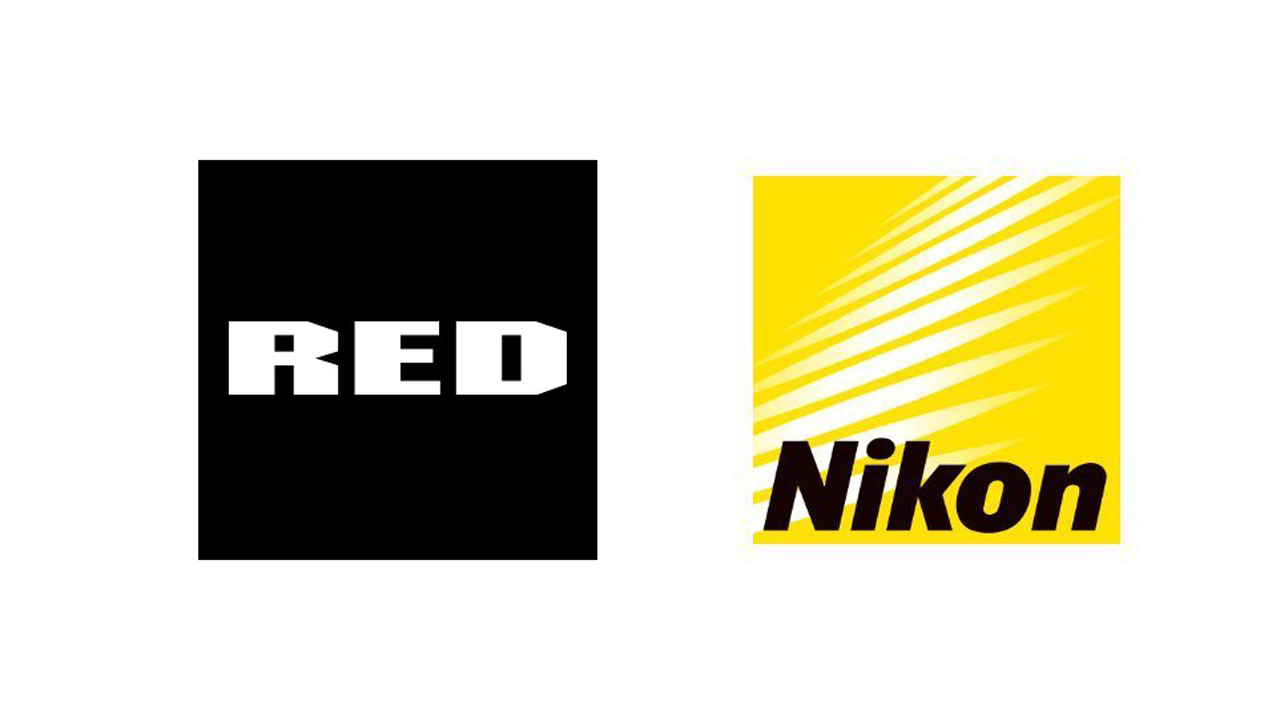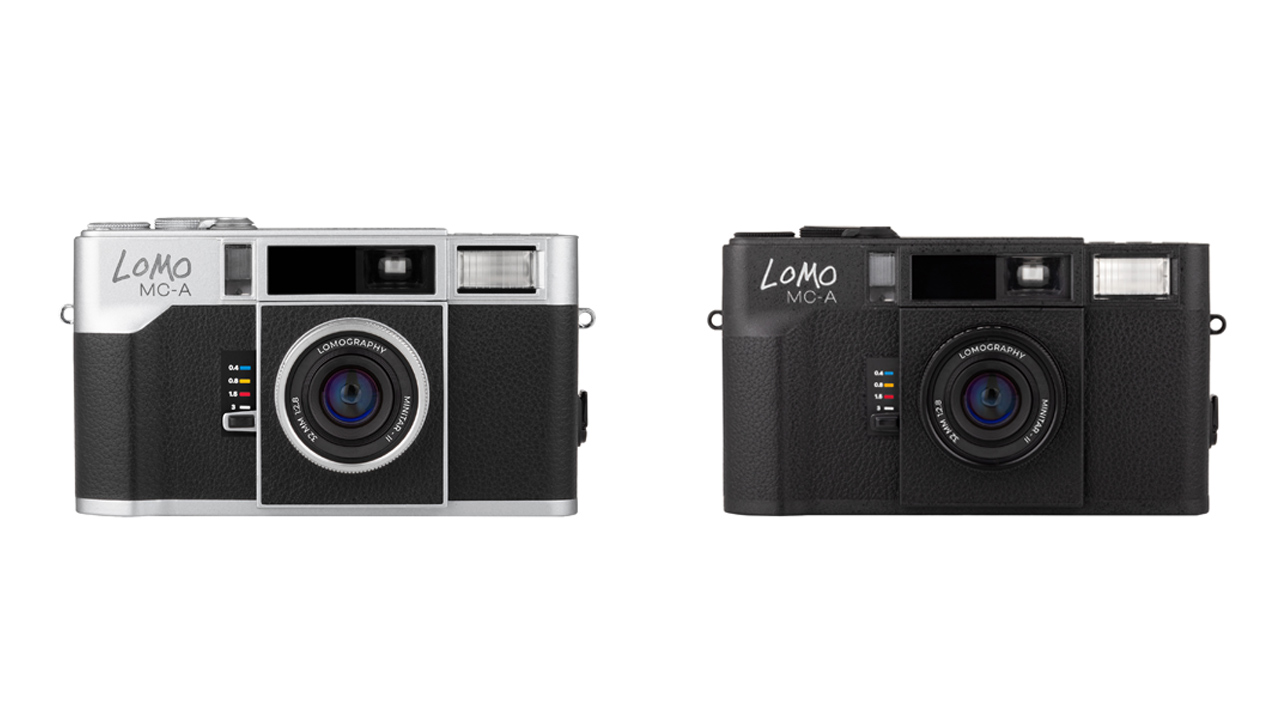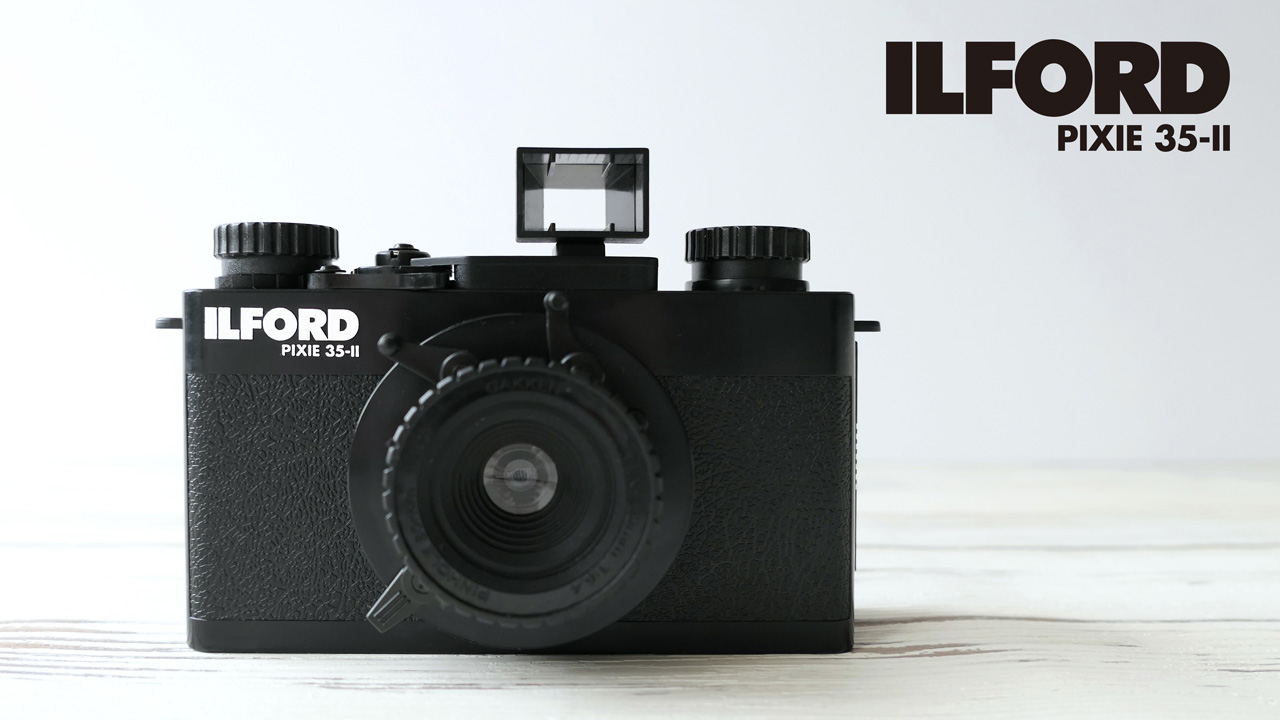Nikon’s Roots

Omission of light meter
In July 1965, Nikomat FS was released at the same time as Nikomat FT. This is the Nikomat FT without the TTL exposure meter, and is like the younger brother of the Nikomat FT. Similar functionalities, but without a light meter.
There are many examples of other manufacturers releasing models without the exposure meter as “younger siblings” of the main models that have a built-in exposure meter. Canon released the FX, an external light camera with a built-in CdS exposure meter, in April 1964, but in October 1964 they released a camera called the Canon FP, which did not have a built-in exposure meter. The price for the FX was 44,800 yen at the time with a 50mm F1.8 lens, while the FP was 37,800 yen with a 50mm F1.8 lens, a difference of 7,000 yen. (Remember this is Japanese Yen in the 1960s when calculating currency to today’s money.)
Similarly, the Pentax SP, which has a built-in TTL exposure meter, has a model without an exposure meter called the Pentax SL, the Topcon RE Super also has the Topcon RS, and the Konica Autorex, an external light shutter speed priority AE device, has the Autorex P. However, many manufacturers were developing similar brother machines. Nikon releasing the Nikomat FS seems to have followed this trend.
The Nikomat FS is the younger brother machine
So, what is the reason for all the companies to come out with models without a light meter?
Before the introduction of built-in light meters, many users decided on exposure based on experience and intuition. It is possible to determine the appropriate shutter speed and aperture based on the situation, such as the time of day, the weather, and whether you are in the city or at the beach. Such users do not need a built-in light meter. You should use a stand-alone exposure meter only when it is difficult to make a judgment in delicate situations. It is assumed that a model without an exposure meter was released for such users. In fact, the website “CANON CAMERA MUSEUM,” which introduces Canon’s past models, has an explanation about Canon FP saying the following: “This model was developed to meet the needs of professional photographers who don’t want a built-in exposure meter…or don’t need it.”
Another reason could be that it was aimed at entry-level photographers. The idea is to provide a model that is easier to purchase and cheaper for users who are about to start using SLRs, especially photography school students. It also provides an opportunity to study things like shutter speed and aperture if you don’t have a built-in light meter.

External light meter on the Nikomat FS
However, when other companies release models without such a light meter, they usually provide an external linked light meter as an accessory. The Pentax SL has an external exposure meter that fits over the roof of the pentameter on the top of the camera, and the Canon FP also has an external light CdS exposure meter that somehow reminds me of the photomic finder on the Nikon F. You can see in the FP there was a spot for the meter to be installed, but omitted. However, such design was not given to Nikomat FS.
It’s easy to imagine why. Nikomat FT and FS adopt the unit focal plane shutter of Copal Square S, with the shutter dial being a ring around the lens mount. This is said to be a countermeasure to the fact that Copal Square has become S-shaped and the shutter dial axis has become the axis of rotation in the front-rear direction of the body.By doing this, it is possible to achieve operability similar to that of a lens-shutter camera, and also to adjust the exposure meter. The mechanism was simple in terms of interlocking, and it was a very rational choice. However, this backfired when creating an external linked exposure meter.
Similar shutter dial issue as before
It would be possible to transmit the movement of the crab claw of the lens to an external exposure meter in a similar way to the Nikon meter on the Nikon F and Nikkorex F, but the rotation of the shutter dial on the same axis could also be transmitted to the external exposure meter in the same way. It is necessary to communicate this information to the master, so there is nothing that can be done, but I can imagine that it will be a fairly complicated and delicate mechanism. I wonder if they abandoned development because the cost and size would be comparable to the photomic finder for the Nikon F. I feel something ironic when I see that the Konica Autolex P, which uses the same Copal Square S but simply has a shutter dial protruding from the front of the camera, offers a very simple external light meter.
![Nikon Mart FS [Nikon Genealogy] Vol.09 explanatory photo](https://jp.static.pronews.com/pronewscore/wp-content/uploads/2024/03/240216_nkonfs_06.jpg)
Nikomat FS vs the Nikomat FT
Firstly, the Nikomat FS has most of the same features as the Nikkormat/Nikomat FT, but by omitting the light meter, there is no light meter window on the top cover. As such, there is no opening for the battery cover on the bottom cover. These seem to have been solved by omitting part of the pressing process. Other differences in appearance from the Nikomat FT include the notches on the lever on the shutter dial.
As with Nikomat FT, a metal ring is added to the acrylic convex lens in the film counter window on the top cover. This was a measure to prevent the tip of the winding lever from damaging the lens on the counter window when it was retracted.
The mirror-up mechanism, however….
What I don’t understand is that the mirror up mechanism that was on the Nikkormat FT is omitted on the Nikomat FS. The purpose of mirror-up is to reduce noise and vibration, but the main purpose is to use ultra-wide-angle lenses and fisheye lenses. In the early days of single-lens reflex cameras, the technology for retrofocus-type wide-angle lenses was not yet sufficient, so 25mm was the limit for wide-angle lenses. Lenses with shorter focal lengths were used with the mirror raised and fixed. Of course, I can’t use a single-lens reflex camera’s viewfinder, so I use an external see-through viewfinder. In the case of Nikon, 21mm F4 and 8mm F8 fisheye lenses were supplied as lenses for mirror-up. However, since the Nikomat FS has omitted the mirror-up mechanism, these lenses cannot be used.
The mirror-up mechanism may have been omitted to reduce costs, but it is questionable how much it contributed to cost reduction since only a few related parts were involved. Rather, if they were aiming for professional photographers like Canon FP, shouldn’t they have kept it? In fact, Canon FP still has a mirror-up mechanism.
![Nikkormat FS [Nikon Genealogy] Vol.09 explanatory photo](https://jp.static.pronews.com/pronewscore/wp-content/uploads/2024/03/240216_nkonfs_07.jpg)
Key for 21mm lens
Among lenses that require mirror up, the 21mm F4 does not have a locking key for focusing due to its structure. For this reason, previous Nikon F mount cameras had a 21mm locking key located inside the body mount at the 11 o’clock position when viewed from the front. In fact, that key is also available on Nikomat FS, which does not have a mirror up mechanism! The die-cast body of its big brother Nikkormat FT was probably used as is, so the key was probably retained, but it feels like something is off.
This key for the 21mm lens continued to be used on Nikon’s F3 models, but was removed in the age of AF because it interfered with the electrical contacts.
![Nikon Mart FS [Nikon Genealogy] Vol.09 explanatory photo](https://jp.static.pronews.com/pronewscore/wp-content/uploads/2024/02/240216_nkonfs_05.jpg)
Originally written in Japanese by Kenji Toyota|Profile
Mr. Toyota was born in Tokyo in 1947. He worked for Nikon Corporation for more than 30 years, designing single-lens reflex cameras and working in electronic imaging. He will then teach as a part-time lecturer at the Department of Photography, College of Art, Nihon University until 2021. Current positions include Fellow and Auditor of the Photographic Society of Japan, Cooperating Committee member of the Japan Opto-Mechatronics Association, and judge of Japan Camera Museum’s “Japanese Historical Cameras.” He has written many books, including “Toyoken Sensei’s Camera Mechanism Course (Nippon Camera Company)” and “Cousins of the Nikon Family (Asahi Sonorama).”












